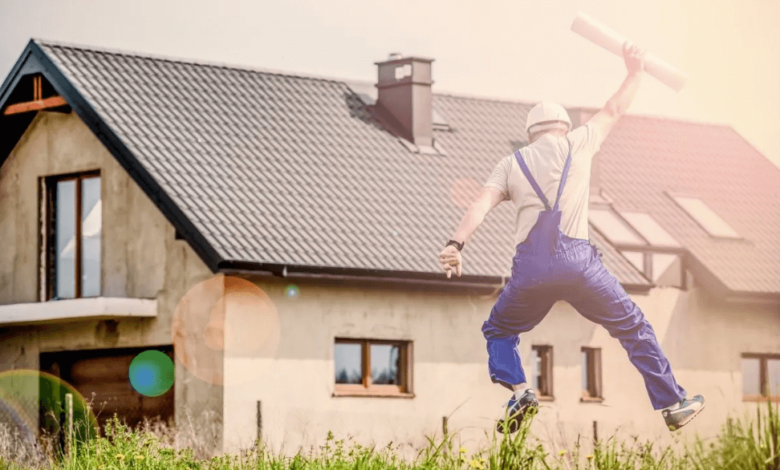
Are you eyeing that fixer-upper property that has the potential to become your dream home or a lucrative investment? The rehab loan might just be the financial tool you need to turn your vision into a reality. World of conventional rehab loan, exploring what they are, how they work, and why they could be your ticket to property renovation success.
Understanding Conventional Rehab Loan
What Are Conventional Rehab Loan?
Conventional rehab loan, often referred to as “homestyle renovation loans,” are mortgages that combine the cost of purchasing a property with the funds needed for its renovation. These loans are designed to help buyers and homeowners finance a property’s acquisition and improvement in one convenient package.
How Do Rehab Loans Work?
Conventional loans work by allowing borrowers to borrow funds for both the purchase price of the property and the renovation costs. These loans follow the standard underwriting guidelines of conventional mortgages and can be obtained through traditional lenders like banks and credit unions.
Key Features of Conventional Loans
1. Flexibility
One of the standout features of conventional loans is their flexibility. Borrowers can use these loans to renovate. This flexibility opens up a world of possibilities for real estate enthusiasts.
2. Loan Amount
The loan amount for a rehab loan is typically based on the property’s after-renovation value (ARV). This means you can borrow a substantial amount, making it ideal for extensive renovations or even a complete property overhaul.
3. Competitive Interest Rates
Conventional loans often those looking to maximize their investment without breaking the bank on interest payments.
4. Down Payment
While the down payment requirement may vary, conventional loans generally require a reasonable down buyers.
The Conventional Loan Process
Eligibility and Qualification
Before diving into the conventional loan process, it’s essential to understand the eligibility criteria. Typically, borrowers need a good credit score, stable income, and a manageable debt-to-income ratio to qualify for these loans.
Property Appraisal
An essential step in the process is a property appraisal. A qualified appraiser assesses the property’s current value and its potential value after renovations. This appraisal determines the loan amount you can receive.
Renovation Plans
Once your loan is approved, it’s time to create detailed renovation plans. These plans should outline the scope of work, estimated costs, and timelines. Having a well-thought-out renovation plan is crucial for a smooth process.
Closing and Disbursement
Upon final approval, you’ll go through the closing process, signing the necessary documents. After closing, funds for the purchase and renovation are typically held in an escrow account, and disbursements are made as the work progresses.
Advantages of Conventional Loans
Build Equity
One of the significant advantages of a conventional loan is the opportunity to build equity quickly. By renovating a property, you can potentially increase its value, thereby increasing your overall equity.
Customize Your Space
With a conventional loan, you have the freedom to customize your space to your liking. Whether it’s updating the kitchen, adding a bathroom, or expanding the living area, you can turn the property into your dream home.
Investment Potential
For investors, conventional loans can be a valuable tool to increase the value of an investment property. This can lead to higher rental income or a more substantial resale value. Read more…
Conclusion
In conclusion, a conventional rehab loan can be the bridge that transforms your property dreams into reality. Its flexibility, competitive rates, and potential for building equity make it an attractive option for both homeowners and real estate investors. If you’re ready to embark on a renovation journey, consider exploring the possibilities that a conventional loan has to offer.
Frequently Asked Questions (FAQs)
1. Are conventional loans only for primary residences?
No, conventional loans can be used for primary residences, second homes, and investment properties.
2. How are interest rates determined for conventional loans?
Interest rates for conventional loans are influenced by various factors, including your credit score and the lender’s policies.
3. Can I do the renovation work myself with a conventional loan?
Yes, you can do some of the renovation work yourself, but certain projects may require professional contractors.
4. What happens if I exceed the renovation budget?
If you exceed the renovation budget, you may need to cover the additional costs yourself or seek additional financing.
5. How long does it take to process a conventional loan?
The processing time for conventional loans can vary, but it typically takes several weeks to complete the entire process.




